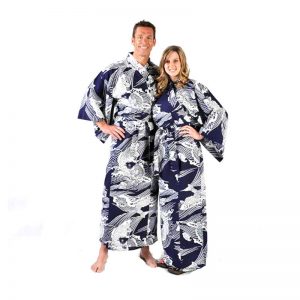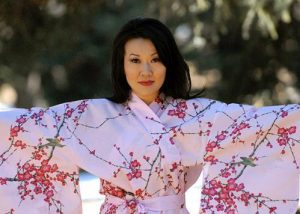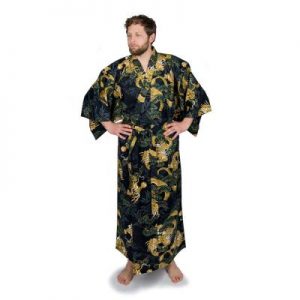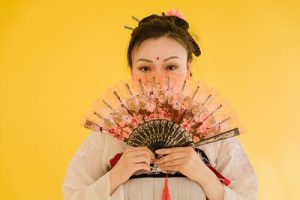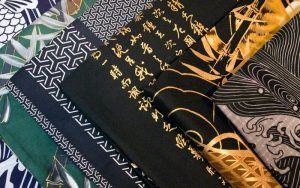At Chopa, we’ve spent over 31 years assisting people around the world in discovering the beauty, craftsmanship, and cultural richness of authentic Japanese kimonos and yukata. For those who love Japanese culture, fashion enthusiasts, or anyone intrigued by these magnificent garments, our kimonos go beyond their aesthetic appeal—they weave together comfort, versatility, and heritage.
Here are some unique facts about kimonos and yukata that might surprise you!
Lesser-Known Facts About Kimonos and Yukata
1. The Origin of the Kimono
The kimono, which translates to “something to wear,” saw its inception over a thousand years ago in Japan’s Heian period. While it has evolved in style and usage over centuries, it has always carried talismans of Japanese tradition and artistry. Its intricate patterns and careful craftsmanship tell stories of seasons, family crests, and cultural symbolism.
Today, yukata—originally designed as lighter, summer kimonos or Japanese bathrobes worn after onsen (hot springs)—are celebrated for their breathable fabrics and adaptability to modern lifestyles. At Chopa, both kimonos and yukata find harmony between tradition and contemporary living.
2. Rising Popularity in Modern Fashion
While the traditional kimono was once the everyday attire in Japan, its popularity is surging worldwide as a chic addition to modern wardrobes. Fashion-forward individuals are incorporating kimonos and yukata into their style for casual outings, festivals, and even formal events. Designers have drawn inspiration from these pieces for haute couture collections globally, proving that their timeless appeal transcends borders.
Chopa’s offerings include stunning male yukata and kimonos for women in an array of elegant designs—all lovingly curated to ensure customers experience the beauty of tradition with a modern twist.
3. The Ultimate Loungewear
Kimonos and yukata are more than visually striking garments; they epitomize comfort. Made from high-quality cotton or silk, yukata and male yukatas, in particular, have become the ultimate loungewear. They’re lightweight, breathable, and perfect for unwinding at home with style.
Whether you’re relaxing after a long day, hosting a dinner party, or enjoying quiet moments on a Sunday morning, our Japanese robes create an unbeatable combination of elegance and ease.
4. Versatility in Dressing Up or Down
Whether you want your look to be sophisticated or casual, kimonos have you covered—literally. For a polished, dressed-up ensemble, pair a Japanese kimono with an obi belt and traditional zori sandals. For a laid-back vibe, yukata and male yukatas can be worn over casual clothing, open and flowing, giving off effortlessly chic energy.
Chopa celebrates this versatility with a diverse range of designs to suit every occasion, whether you’re wearing it to a festival or enjoying it as a casual Japanese bathrobe for your rituals of wellness.
Why Choose Chopa?
For over three decades, Chopa has been synonymous with impeccable craftsmanship and customer satisfaction. We’re proud to be a leading dealer of authentic Japanese kimonos and yukata, offering a curated collection of pieces that blend artistry, comfort, and heritage.
Here’s why our customers keep returning to us:
- Expert Curation: We handpick authentic kimonos, yukata, and short happi coats that embody Japanese culture.
- Inclusive Sizing for All: From petite to larger frames, our extensive size range ensures your perfect fit.
- Attention to Craftsmanship: Each piece is carefully crafted with premium fabrics and traditional patterns that reflect both history and artistry.
When you choose Chopa, you’re not just wearing Japanese robes or a kimono—you’re wearing tradition, elegance, and a piece of heritage tailored to fit your modern lifestyle.
Discover, Wear, Celebrate
Are you ready to bring a piece of Japan into your life? Explore Chopa’s extensive collection today and see why so many trust us for authentic, stunning kimonos and yukata.
Browse our selection and become part of a global community of kimono lovers who appreciate quality, tradition, and timeless beauty.



